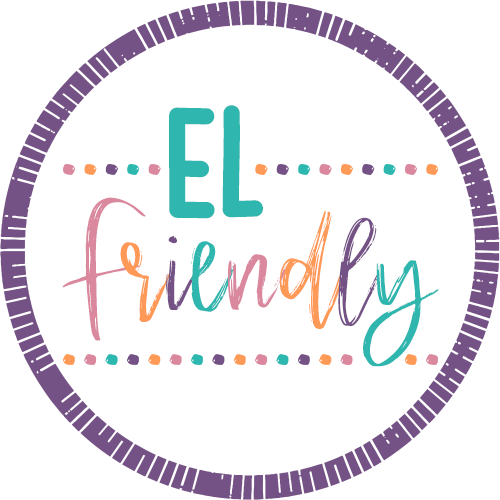🔥 Bilingual ESL Resources
Are Coming! 🔥
English and Spanish materials to save time and engage students.
- Built to save you time and empower your classroom
- Ready-to-use materials for ESL and bilingual learners
- Resources crafted by teachers, for teachers
